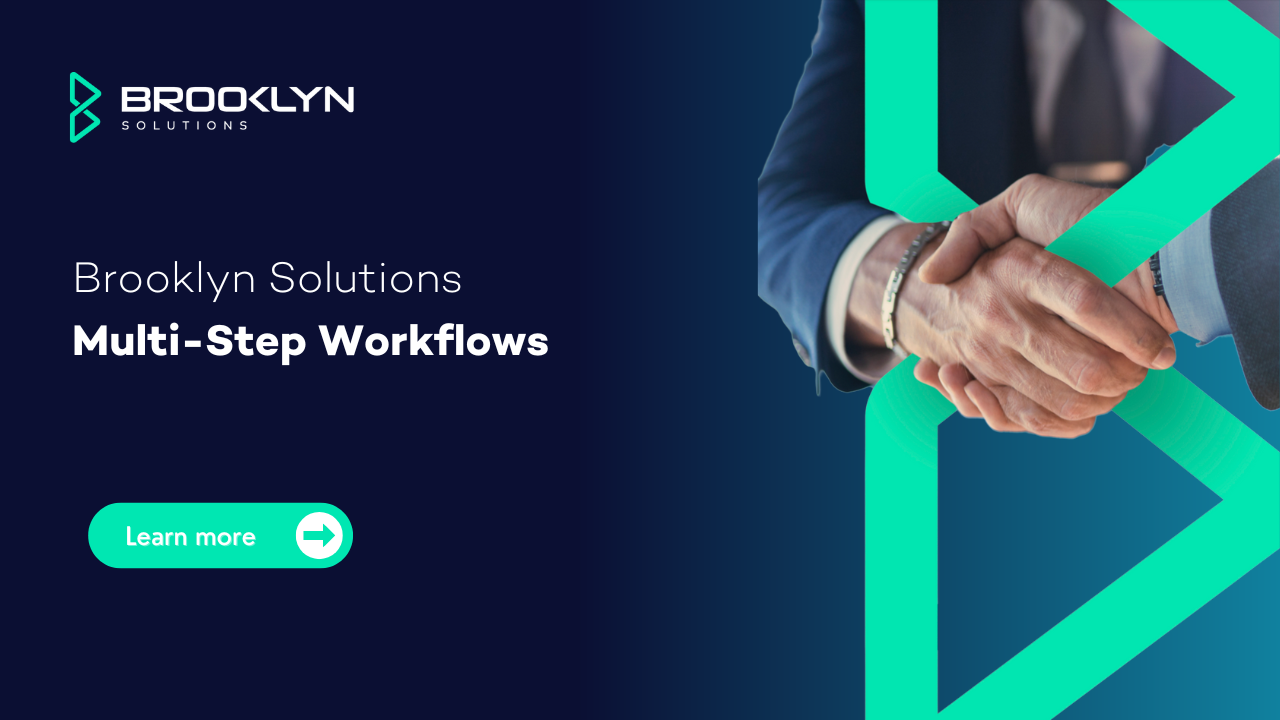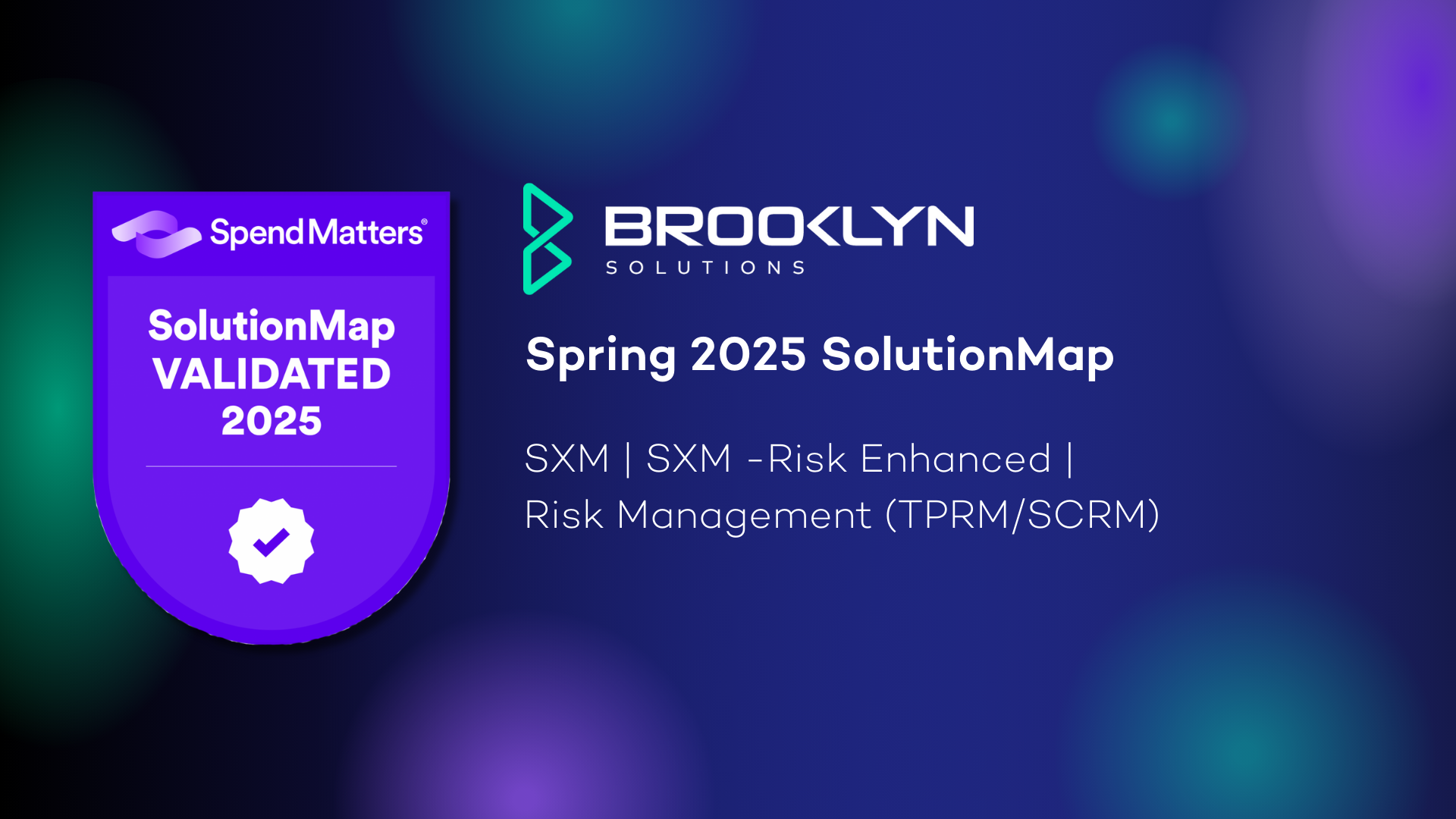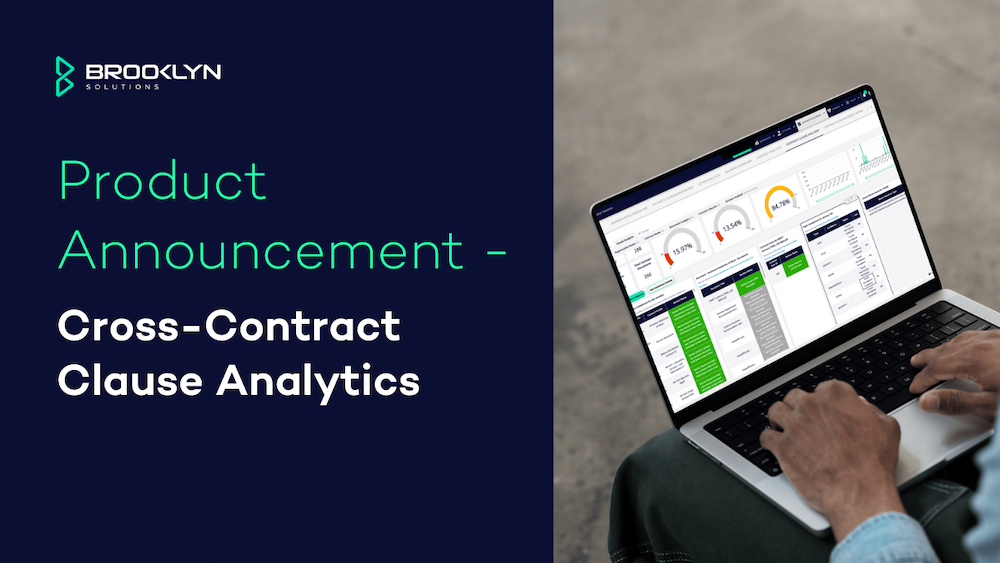The three biggest challenges we see Supplier Relationship Management (SRM) face are lack of data, not enough resources and lack of communication between internal teams and suppliers.
During contract signing, multiple stakeholders, including Procurement, Risk, Legal, and Supplier Management, are involved. The involvement of so many parties can complicate effective collaboration, jeopardising the value of the deal. This complexity persists even after the deal is signed, complicating supplier management.
Renewing contracts, reviewing supplier relationships, and managing obligations require input from multiple stakeholders beyond just the SRM team. With the rise of remote work, effective communication and collaboration have become more challenging, making it difficult to understand each team’s processes and coordinate efforts.
In this blog, we explore 5 ways to approach internal collaboration within a business.
-
- Regular Meetings: In the era of hybrid and remote working, maintaining regular communication with stakeholders is essential. Schedule consistent meetings with departments to discuss ongoing projects and renewals. This practice maximises alignment and minimises risks by ensuring nothing is overlooked.
- RACI Matrix: Implement a RACI (Responsible, Accountable, Consulted, Informed) matrix to outline who is responsible for each task, who is accountable, who needs to be consulted, and who should be kept informed.
- Standardised Processes: Develop standardised processes for supplier onboarding, risk assessments, contract negotiations, and performance reviews. Having a common framework ensures consistency and quality in managing suppliers. Involve all relevant parties in creating these processes to ensure buy-in and shared responsibility. Regularly review and update these procedures to maintain their effectiveness.
- Templates and Checklists: Use templates and checklists for common tasks like contract reviews, compliance checks, and performance evaluations. These visual tools help ensure that all necessary steps are followed, and important details are not overlooked.
- Digital Platform: A platform facilitates easy collaboration among stakeholders. It makes it accessible to everyone, Platforms like Monday.com or Jira can manage processes at a sprint level, making it accessible to everyone, interactive and preventing tasks from becoming outdated like physical documents.
Brooklyn’s Multi-Step Workflows
Brooklyn is excited to introduce the new Multi-Step workflow capability within our Supplier Management platform. Our Multi-Step Capability is designed to streamline collaboration with customisable steps that automate cross-functional workflows.
This feature allows you to create comprehensive workflows based on supplier reviews, obligations, and more, automatically assigning actions to stakeholders. Managers can easily set up sequenced steps, notifying the right people across departments when their part of the process is due. Automated prompts ensure no step is missed, and steps, automatically update status and advance projects once prerequisites are met.
Our Multi-Step Capability provides a clear visual representation of your progress, making it easy to see where you are in the process. You can upload your processes into templates with pre-assigned individuals or roles, ensuring consistency and efficiency in repeated tasks. Stay accountable with an easy-to-audit trail, providing transparency across teams.
This platform enhancement helps businesses streamline procurement, risk, legal, and supplier relationship management (SRM) efforts, reducing errors and enhancing overall supplier management.
Experience the transformation in internal collaboration with Brooklyn’s Multi-Step Capability. It provides structure, empowers employees, and enables teams to work together more effectively. Take the first step today.




